For many animal enthusiasts, snakes represent fascinating creatures that combine prehistoric mystique with surprisingly complex behaviors. While venomous species understandably raise safety concerns, the world of non-venomous snakes offers wonderful opportunities for responsible pet ownership. These remarkable reptiles can form genuine connections with their keepers, display unique personalities, and provide years of low-maintenance companionship. Whether you’re a first-time reptile owner or looking to expand your scaly family, this guide explores seven non-venomous snake species known for their docile temperaments, manageable care requirements, and engaging behaviors that make them excellent companion animals.
Ball Python: The Gentle Giant
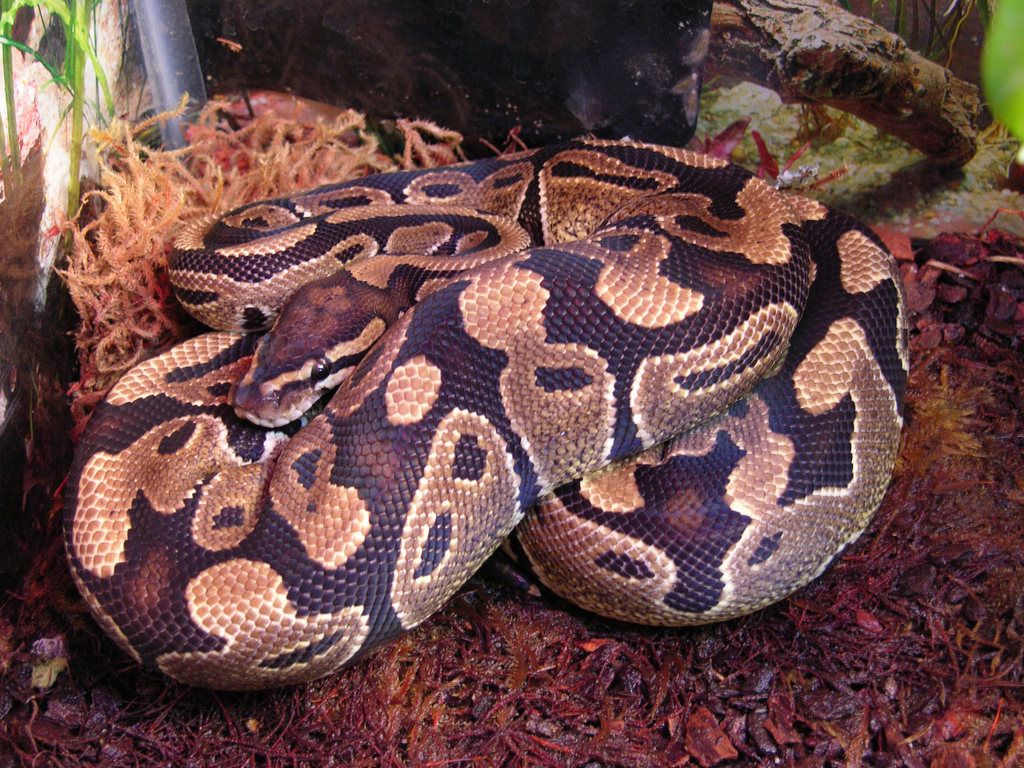
Ball pythons (Python regius) have earned their reputation as the quintessential beginner snake due to their remarkably calm disposition and manageable size. Native to West and Central Africa, these snakes typically reach 3-5 feet in length, making them substantial yet manageable for most homes. Their name derives from their defensive behavior of curling into a tight ball with their head tucked safely in the center when stressed – though captive-bred specimens rarely display this behavior with regular handling.
With proper care, ball pythons can live 20-30 years, making them truly long-term companions that grow alongside their owners through different life stages. Available in hundreds of captive-bred color morphs ranging from classic wild patterns to vibrant designer varieties, these gentle pythons offer something for every aesthetic preference.
Corn Snake: The Colorful Companion

Corn snakes (Pantherophis guttatus) stand out as perhaps the most beginner-friendly snake species, combining docile temperaments with striking colorations and straightforward care requirements. These North American natives typically reach 3-5 feet in length and possess slender bodies that make handling comfortable even for children under supervision. Their naturally inquisitive nature means they’ll often explore their surroundings with gentle curiosity rather than defensiveness or aggression.
Corn snakes thrive in properly sized enclosures with minimal specialized equipment, requiring only appropriate heating, basic substrate, and a few hiding spots to feel secure. Their feeding response is typically enthusiastic with frozen-thawed rodents, avoiding many of the feeding complications that can frustrate new reptile keepers.
Kenyan Sand Boa: The Pocket-Sized Python
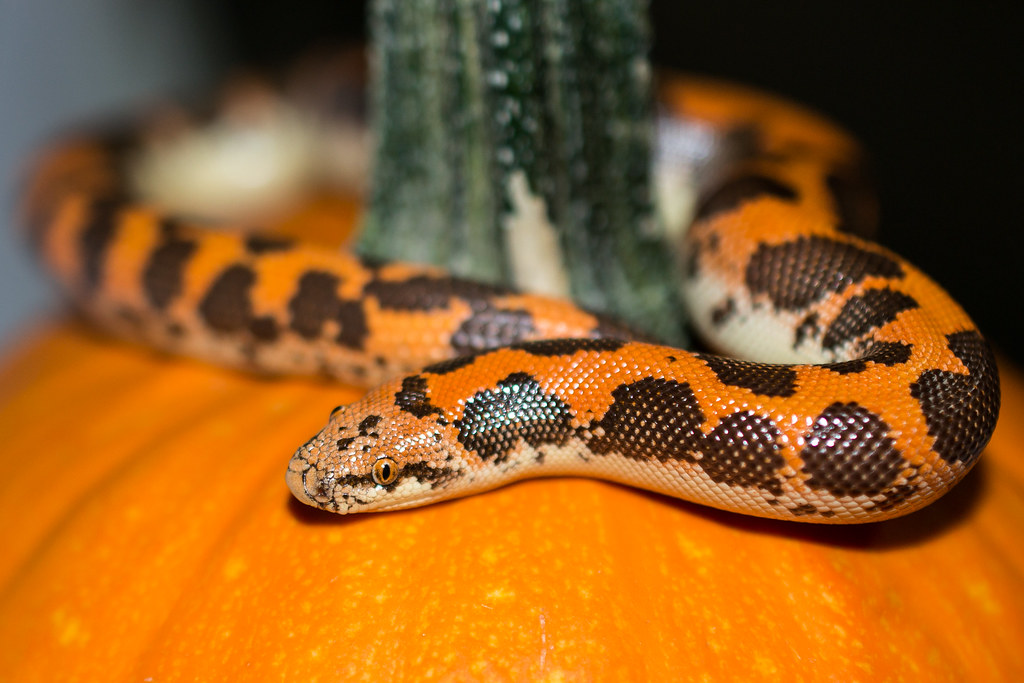
For those seeking a truly compact snake, the Kenyan Sand Boa (Eryx colubrinus) offers python-like qualities in a miniature package. Rarely exceeding 2-3 feet in length, with females substantially larger than males, these stout-bodied snakes are perfect for keepers with limited space. Their burrowing nature makes for fascinating habitat behaviors as they create elaborate tunnel systems in their substrate, occasionally peeking out with just their eyes and snout visible.
Despite their secretive tendencies, properly socialized sand boas typically handle well, displaying a slow-moving, deliberate personality that puts even nervous handlers at ease. Their simple care requirements include a warm enclosure with several inches of appropriate substrate for burrowing, making them suitable even for apartment dwellers with space constraints.
Children’s Python: The Misnamed Marvel
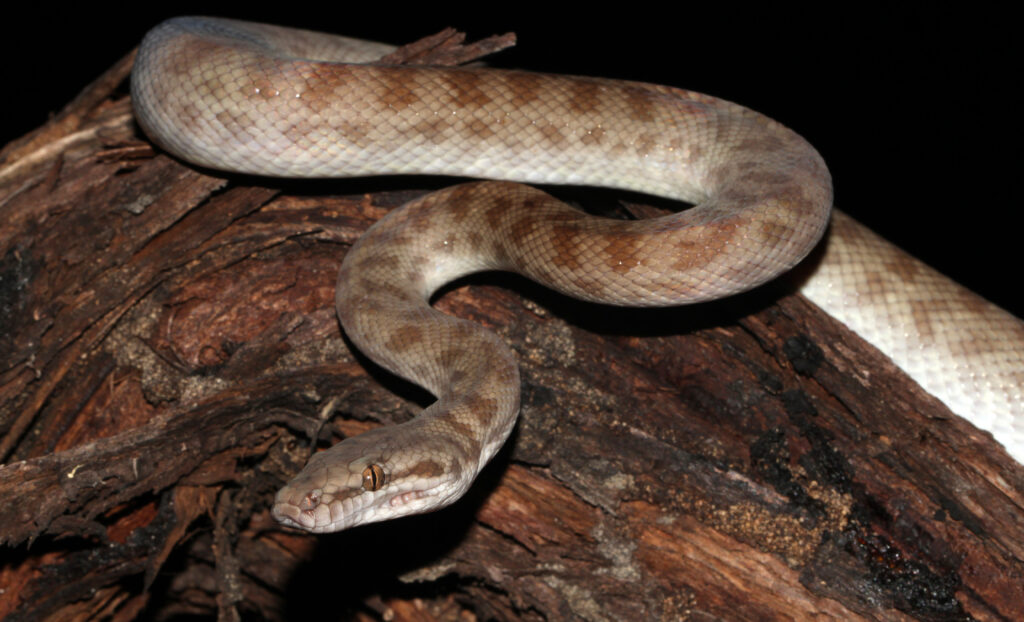
Despite their name suggesting they’re specifically suited for young people, Children’s Pythons (Antaresia childreni) were actually named after John George Children, a 19th-century British zoologist. These Australian natives typically reach a manageable 2-3 feet in length and possess slender, agile bodies that make them fascinating to observe. Their naturally curious temperament combines with exceptional hardiness, making them forgiving of minor husbandry mistakes that might stress more sensitive species.
Children’s Pythons showcase remarkable climbing abilities despite their terrestrial classification, appreciating enclosures with various climbing opportunities that allow them to exercise natural behaviors. Their feeding response is typically enthusiastic without the feeding aggression sometimes seen in other species, making mealtime straightforward for owners.
Rosy Boa: The Desert Jewel
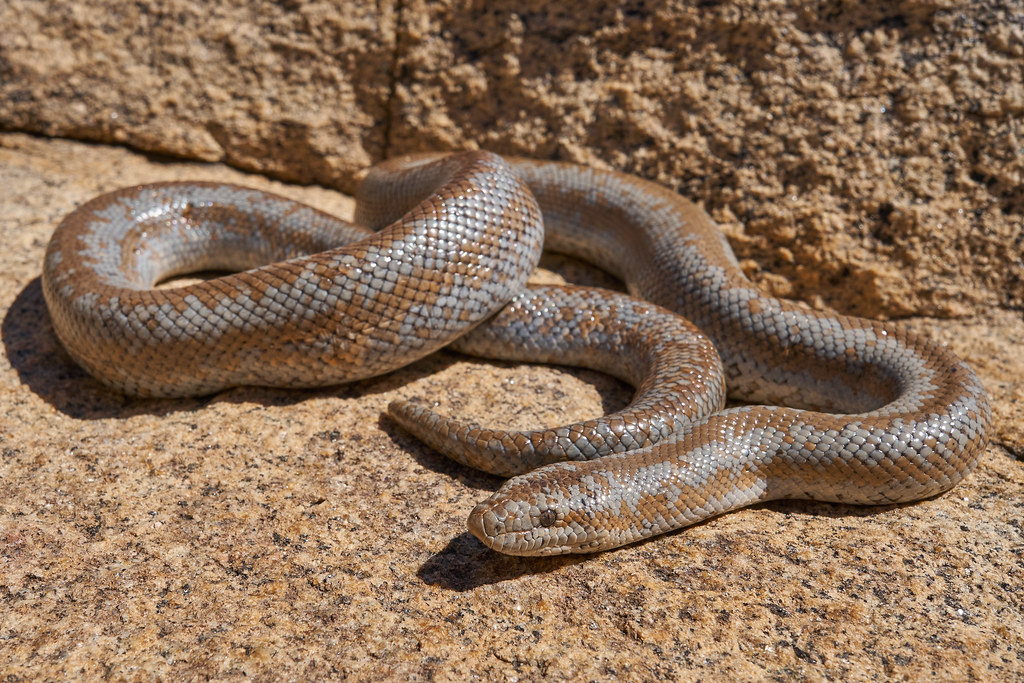
Rosy Boas (Lichanura trivirgata) represent one of North America’s native boa species, combining compact size with extraordinary docility. These snakes typically reach 2-4 feet in length and possess thick, muscular bodies adorned with striking longitudinal stripes in various color combinations depending on their locality. Their exceptionally slow metabolism translates to infrequent feeding requirements, sometimes needing meals only every 2-3 weeks as adults, making them suitable for owners with variable schedules.
Rosy Boas move with deliberate, unhurried movements that make handling sessions calm and predictable, rarely displaying the sudden darting motions that can startle new snake keepers. Their natural desert habitat means they thrive in low-humidity environments with minimal specialized equipment, simplifying their care compared to tropical species.
King Snake: The Reptile Royalty
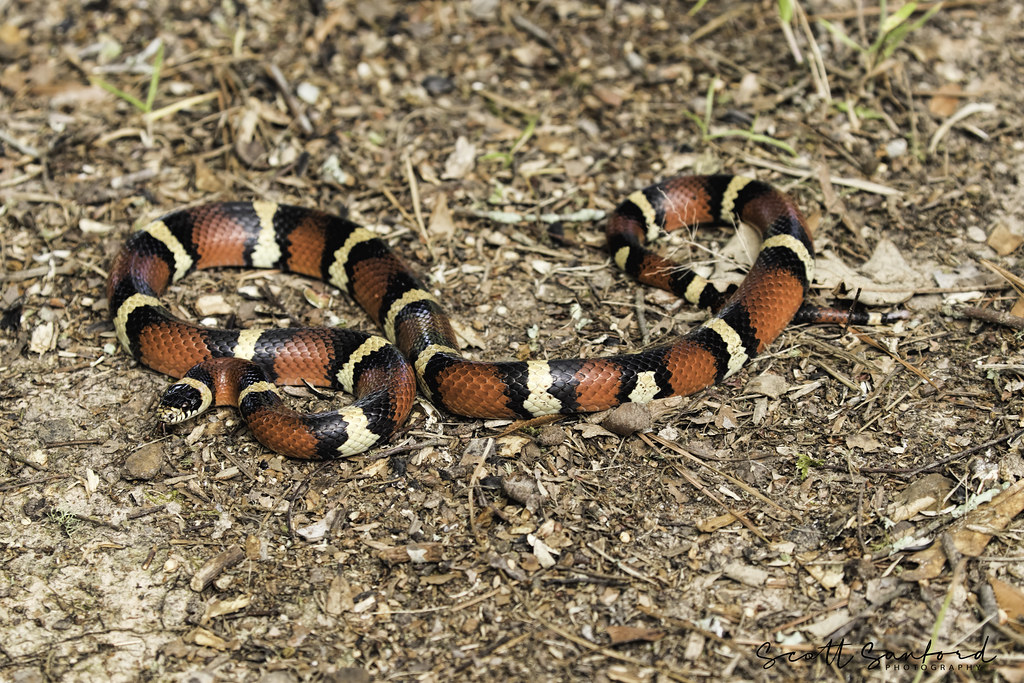
Kingsnakes (Lampropeltis genus) earn their regal name from their remarkable ability to prey upon other snakes, including venomous species, thanks to their natural immunity to certain snake venoms. These medium-sized constrictors typically reach 3-5 feet and boast some of the most distinctive patterning in the snake world, including the iconic black-and-white banded California Kingsnake and the vibrant red, black, and yellow patterns of Milk Snakes (a kingsnake subspecies).
Their natural immunity translates to robust health in captivity, with kingsnakes generally resistant to many common reptile ailments that might affect more sensitive species. First-time handlers appreciate their predictable temperament, as properly socialized kingsnakes rarely display defensive behaviors beyond an occasional rapid movement when startled. Their straightforward care requirements include proper heating, regular handling, and appropriate-sized prey items, making them suitable for keepers at various experience levels.
Hognose Snake: The Dramatic Personality
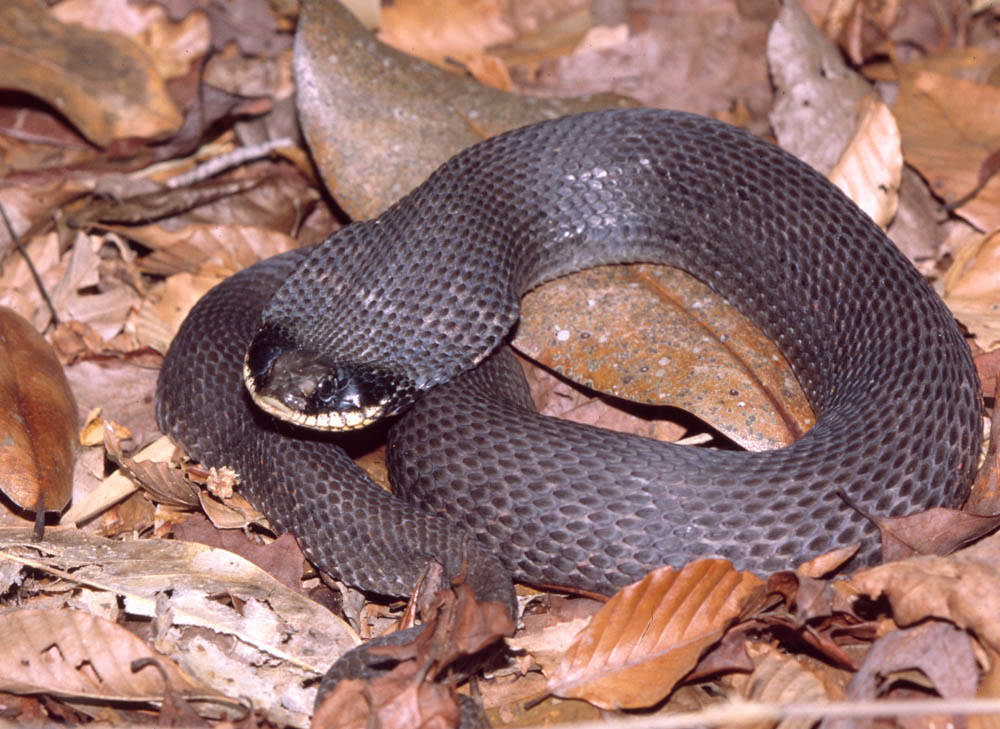
Western Hognose Snakes (Heterodon nasicus) combine manageable size with arguably the most charismatic personality in the snake world. Named for their upturned snouts used for digging, these North American natives typically reach just 2-3 feet in length, with females substantially larger than males. Their defensive display includes an elaborate performance of flattening their neck, hissing dramatically, and sometimes even playing dead by rolling onto their backs with mouth agape – all while being completely harmless and generally calm once handling begins. Though technically rear-fanged with mild venom for subduing prey, their delivery system is ineffective on humans, making them safe for handling and causing at most a slight localized reaction in rare cases of prolonged chewing. Their specialized diet focusing on amphibians in the wild has been adapted to rodents in captivity, though some individuals may initially require scenting techniques to encourage feeding.
Understanding Snake Body Language
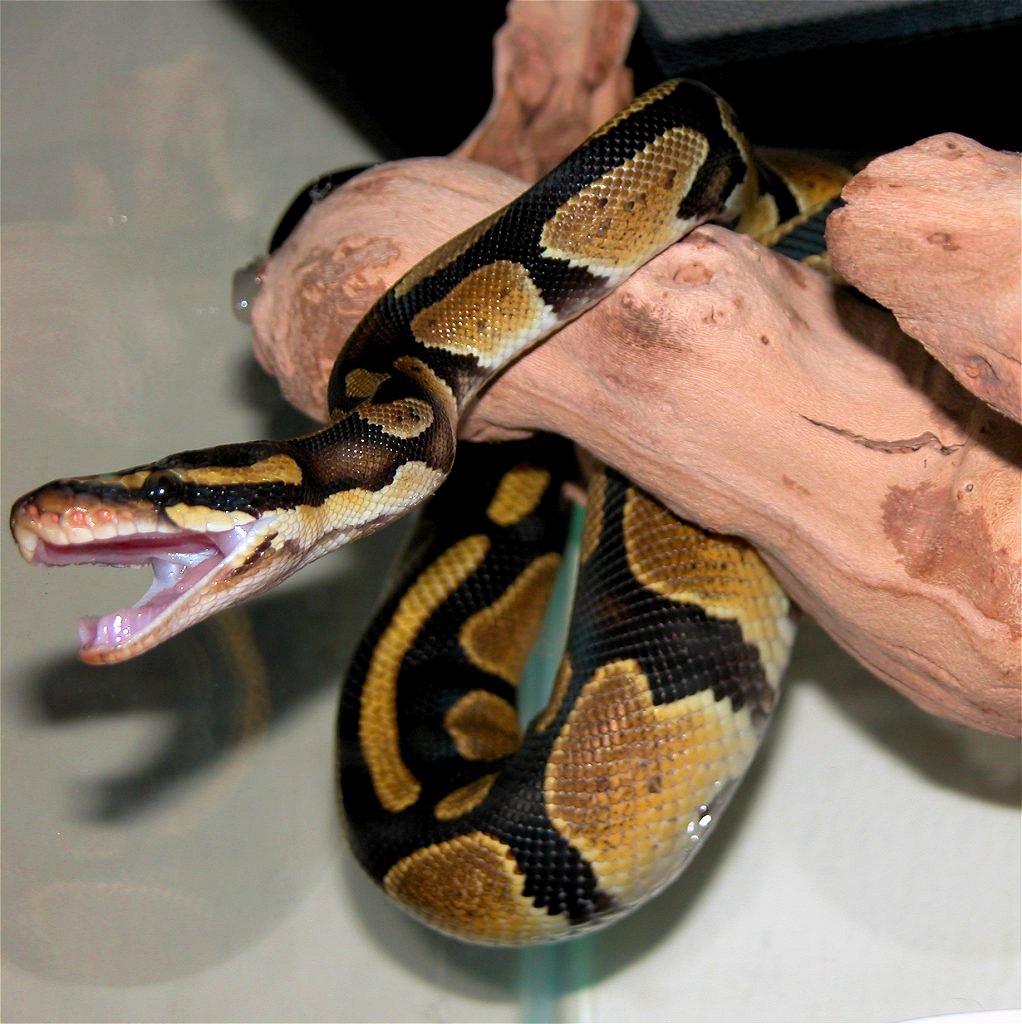
Recognizing your snake’s body language provides crucial insights into their comfort level and needs, forming the foundation of a trusting relationship. A relaxed snake typically moves with smooth, deliberate movements, maintains a regular breathing pattern, and shows interest in exploring without defensive posturing. Signs of stress include rapid tongue flicking, tense muscles, defensive striking postures, or attempting to quickly retreat when approached.
Ball pythons may form their namesake ball when uncomfortable, while hognose snakes might flatten their necks or play dead during periods of stress. With regular gentle handling, most snakes learn to associate their keeper with safety rather than threat, gradually displaying more relaxed body language during interactions. Understanding these subtle communications helps prevent unnecessary stress and builds mutual trust between keeper and animal.
Creating the Ideal Habitat
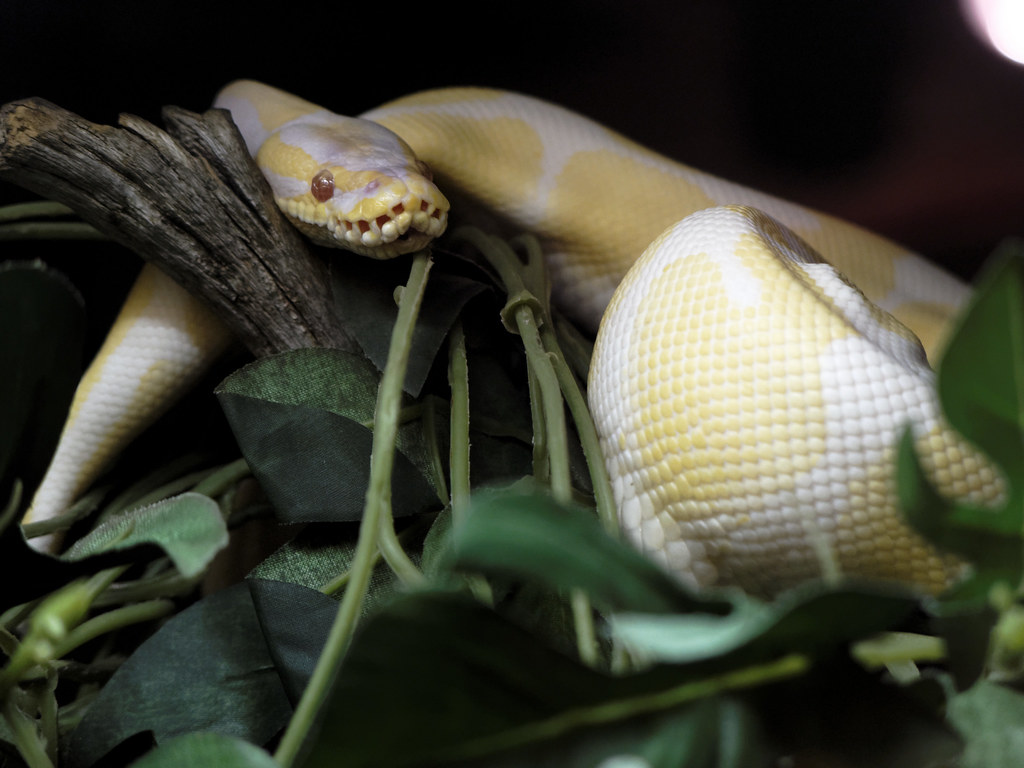
A properly designed enclosure forms the cornerstone of successful snake keeping, balancing the animal’s biological needs with practical maintenance considerations. For most beginner-friendly species, a secure enclosure providing approximately one square foot of floor space per foot of snake length serves as a general guideline, with arboreal species benefiting from additional vertical space. Temperature gradients remain crucial for all species, typically requiring a warm side (85-90°F) and a cooler side (75-80°F), allowing the snake to thermoregulate by moving between temperature zones.
Multiple hiding spots distributed across the temperature gradient provide essential security, as snakes naturally seek shelter when not actively exploring or hunting. Substrate choices should align with the species’ natural habitat – aspen bedding works well for burrowing species like sand boas, while newspaper or reptile carpet offers practical solutions for species requiring less specialized substrates.
Feeding Your Snake Responsibly
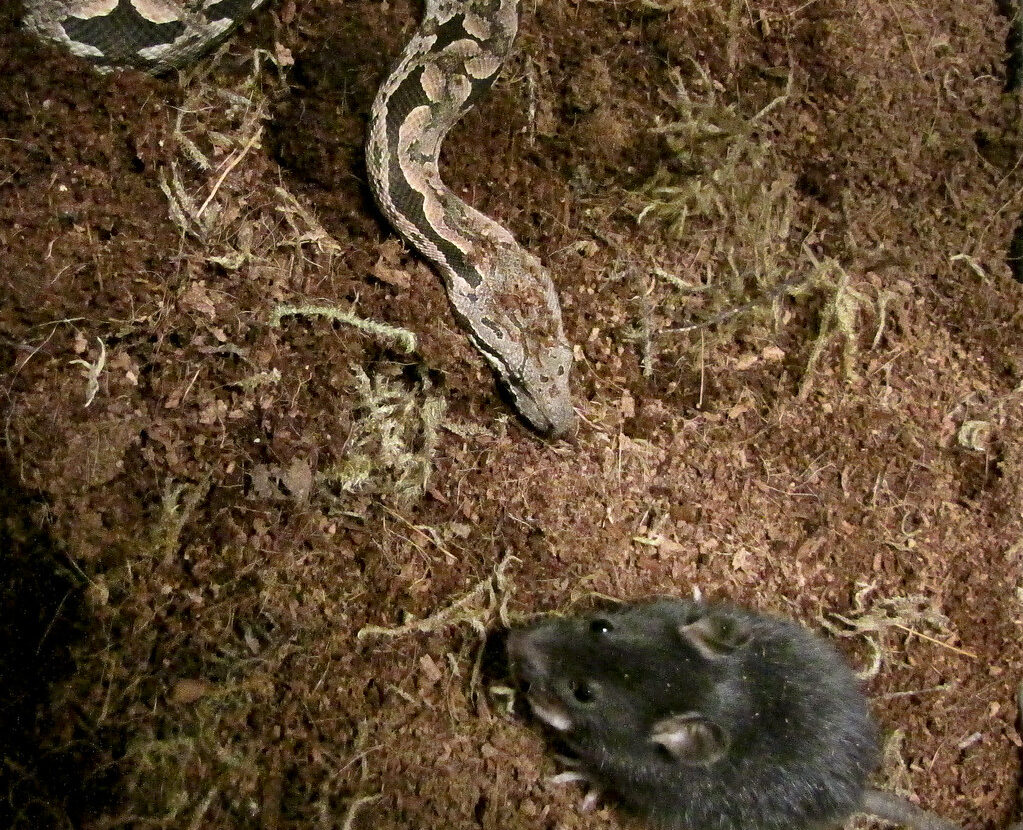
Understanding proper feeding protocols ensures your snake’s nutritional needs are met while avoiding common pitfalls that can lead to health issues. Most beginner-friendly species thrive on a diet of appropriately sized frozen-thawed rodents, which eliminate the risk of prey-inflicted injuries and prevent the ethical concerns of live feeding. Proper prey sizing typically means offering food items approximately 1-1.5 times the diameter of the snake’s midsection, preventing both regurgitation from oversized meals and nutritional deficiencies from inadequate portions.
Feeding frequency varies by species and age, with juvenile snakes typically requiring meals every 5-7 days, while adult specimens may eat every 10-14 days depending on species and metabolism. Many owners designate separate feeding containers to prevent substrate ingestion and avoid creating associations between handling and feeding that might lead to accidental bites during regular interaction.
Handling Techniques for Building Trust
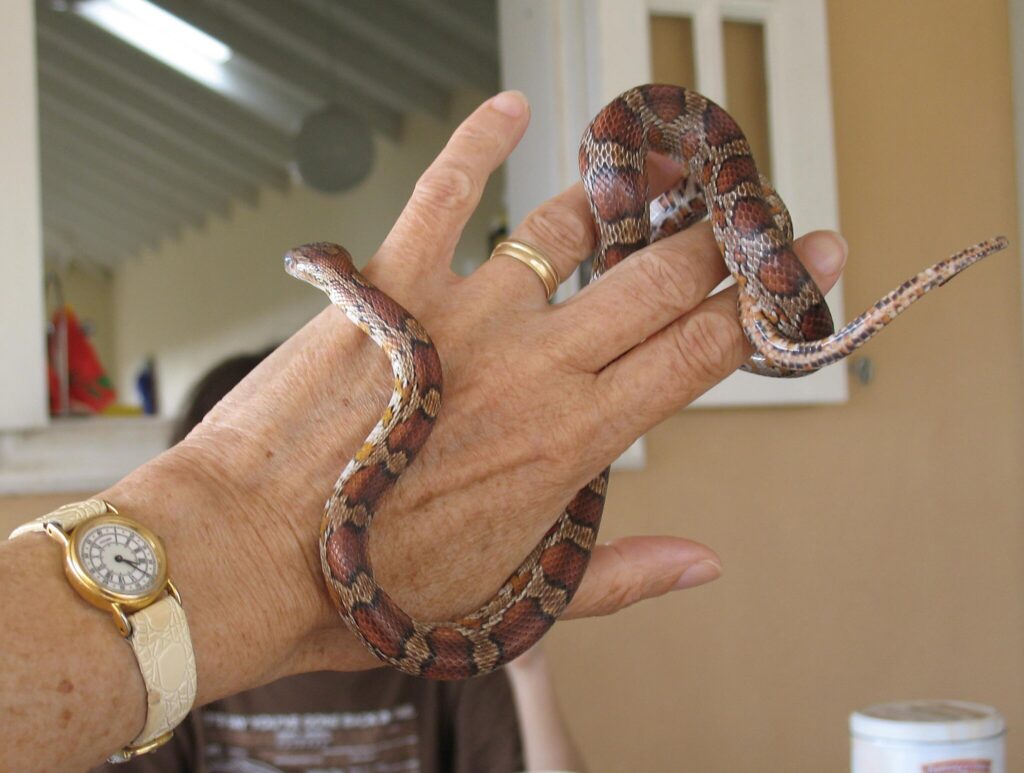
Developing a positive handling relationship requires patience, consistency, and respect for your snake’s individual comfort levels. Begin with short, gentle sessions of 5-10 minutes, gradually increasing duration as your snake displays relaxed body language during interactions. Support your snake’s body appropriately, never grabbing mid-body or restraining the head, instead allowing the snake to move freely across supported hands while providing gentle guidance.
Avoid handling for 48 hours after feeding to prevent regurgitation, which can cause serious health complications and stress. Many experienced keepers recommend using a snake hook or paper towel roll to gently touch the snake before handling, providing a neutral initial contact that distinguishes handling time from feeding time. Consistent positive experiences build a foundation of trust, often resulting in snakes that actively explore during handling sessions rather than seeking immediate escape.
Common Health Considerations
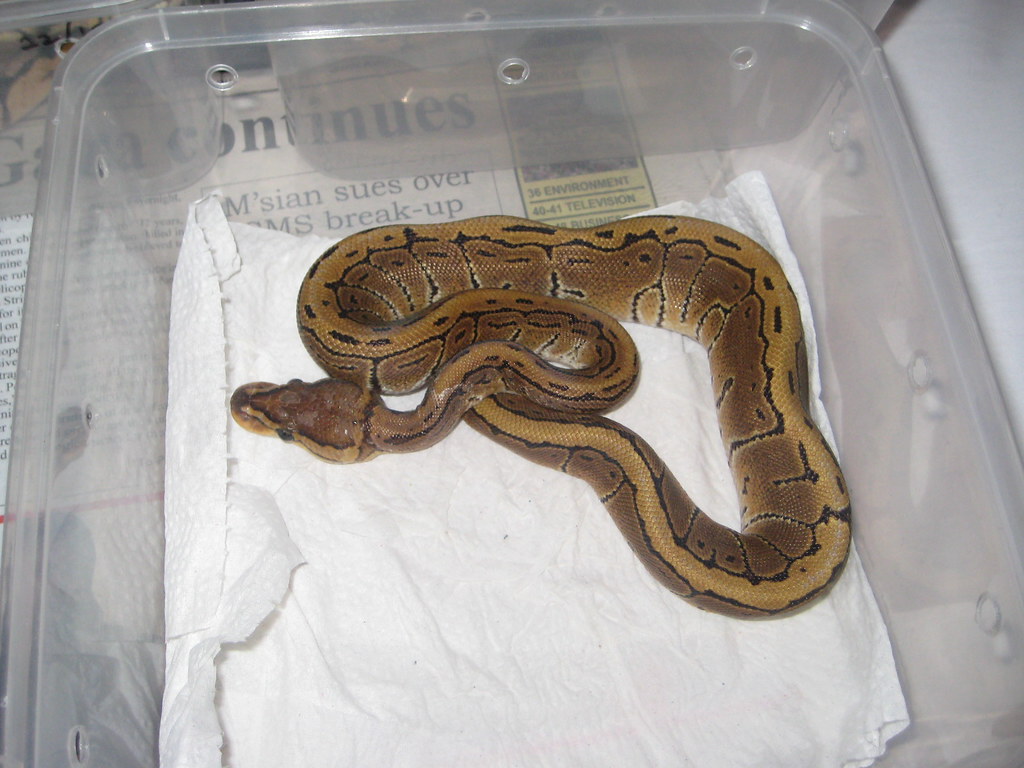
Preventative care forms the foundation of maintaining your snake’s long-term health and avoiding common ailments. Respiratory infections represent one of the most frequent health issues, typically manifesting as wheezing, excess mucus around the mouth, or abnormal breathing patterns, usually resulting from inappropriate humidity or temperature parameters. Scale rot develops when snakes remain on damp or soiled substrate for extended periods, creating painful bacterial infections that require veterinary intervention.
Proper shedding (ecdysis) serves as a key indicator of overall health, with incomplete sheds often signaling husbandry issues like insufficient humidity or underlying health problems. Finding an exotic veterinarian experienced with reptiles before emergencies arise ensures your snake can receive appropriate care when needed, as many general practice veterinarians lack specialized reptile knowledge. Regular observation of eating habits, activity levels, and physical condition allows early detection of potential problems before they become serious health crises.
The Ethical Considerations of Snake Keeping
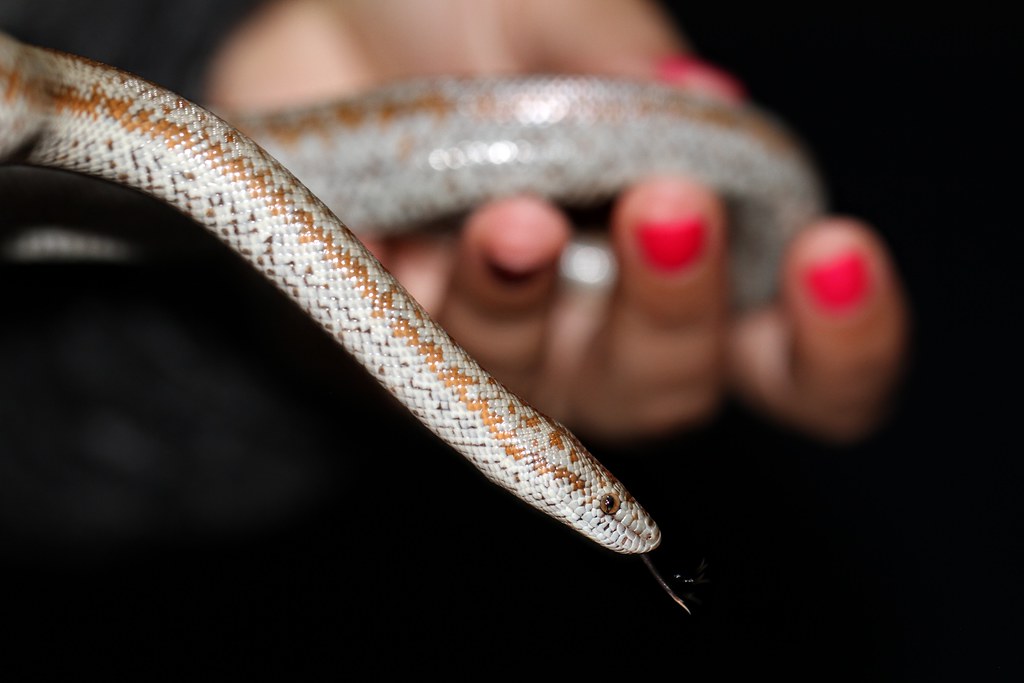
Responsible snake ownership extends beyond proper husbandry to include broader ethical considerations about sourcing and long-term commitment. Captive-bred specimens from reputable breeders offer numerous advantages over wild-caught animals, including better temperaments, established feeding patterns, and freedom from parasites common in wild populations. The substantial lifespan of many snake species (15-30+ years) requires genuine commitment to providing appropriate care throughout the animal’s natural life, even as the owner’s circumstances change.
Creating a contingency plan for your snake’s care during emergencies or major life transitions represents an often overlooked but essential aspect of responsible ownership. Ethical keepers also recognize the importance of appropriate enclosure sizing that allows natural behaviors, even when this means investing in larger habitats as the animal grows, rather than prioritizing convenience over the snake’s welfare.
The world of non-venomous pet snakes offers remarkable diversity in size, appearance, and personality, with options suited to various living situations and experience levels. These fascinating reptiles challenge common misconceptions about snakes being aggressive or difficult to maintain, instead revealing themselves as curious, gentle companions capable of recognizing their keepers and displaying unique individual traits. With proper research, appropriate habitat setup, and consistent handling, these seven species can provide years of low-maintenance companionship while creating opportunities to observe and appreciate the remarkable adaptations that have made snakes successful for millions of years. Whether you’re drawn to the puppy-dog temperament of ball pythons or the theatrical antics of hognose snakes, the rewarding journey of snake keeping begins with selecting the species that best matches your lifestyle, experience level, and housing capabilities.


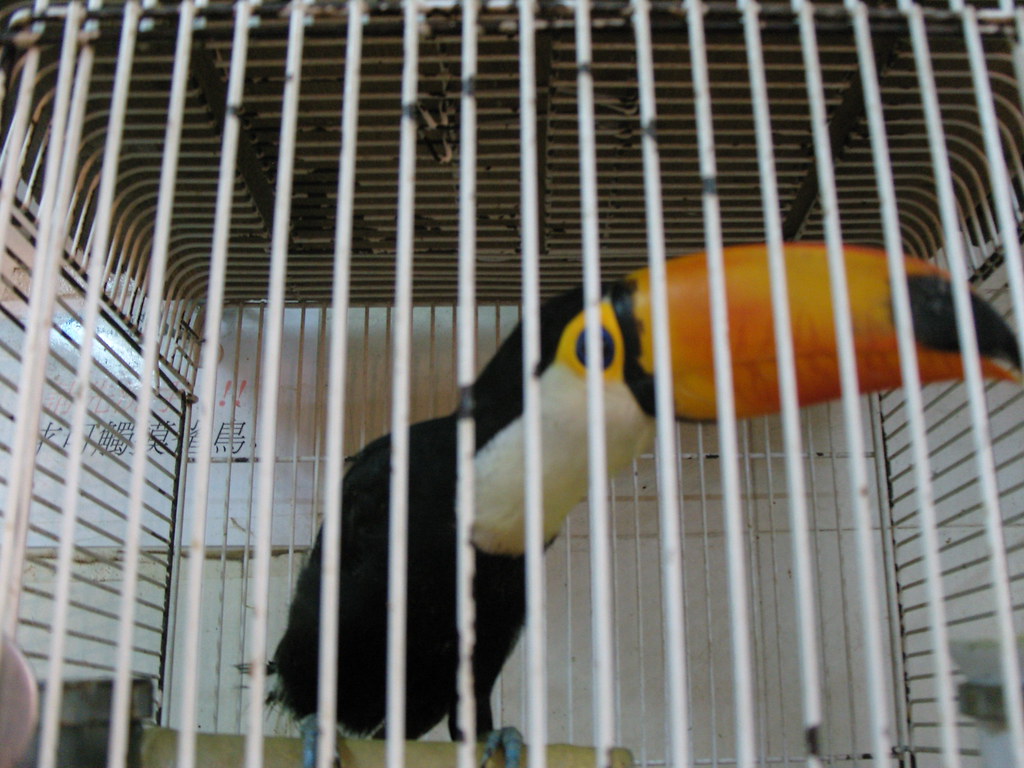
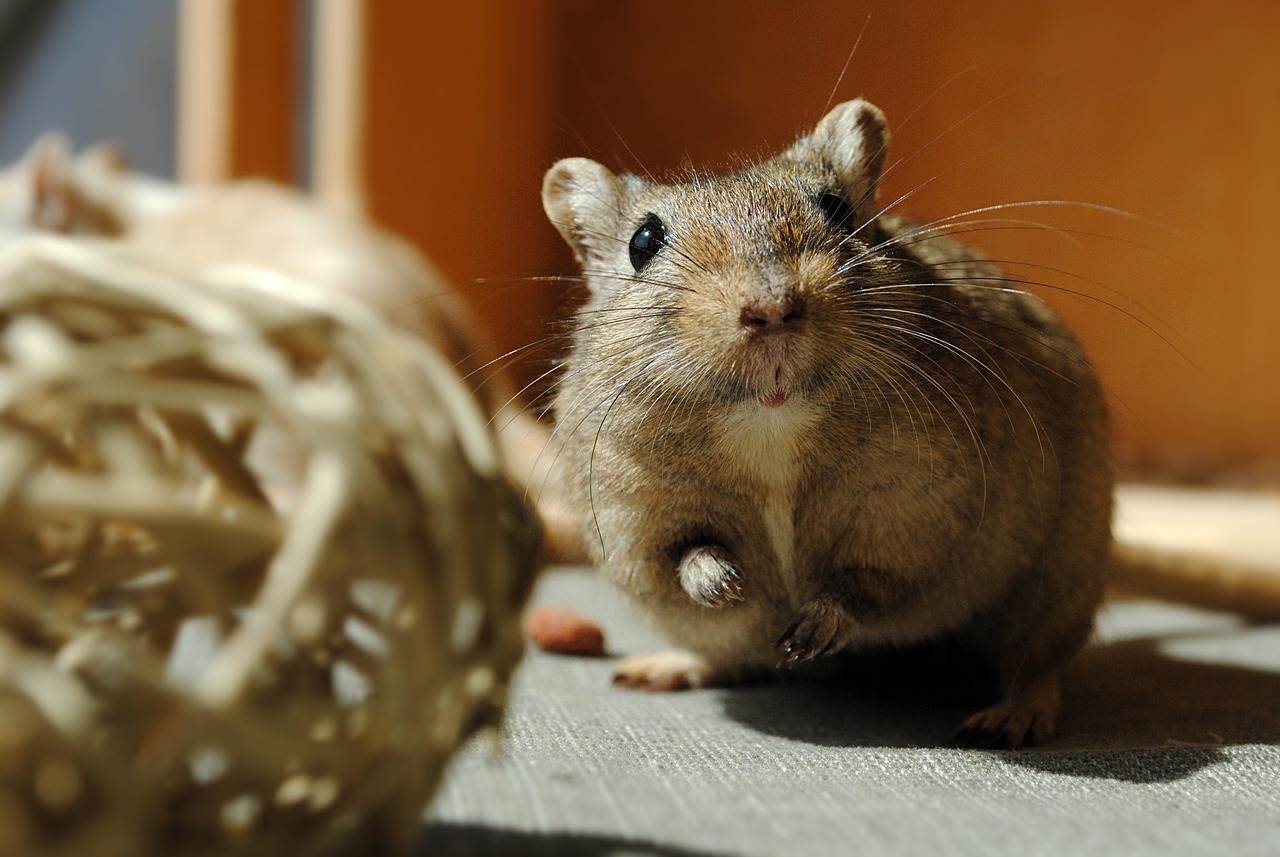
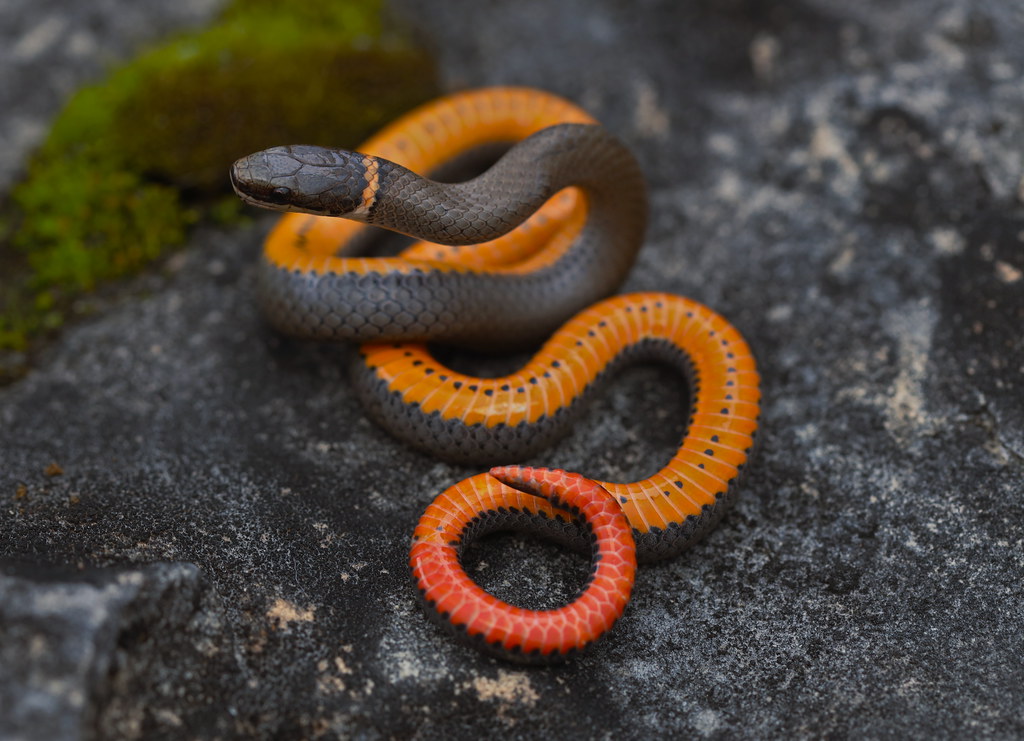
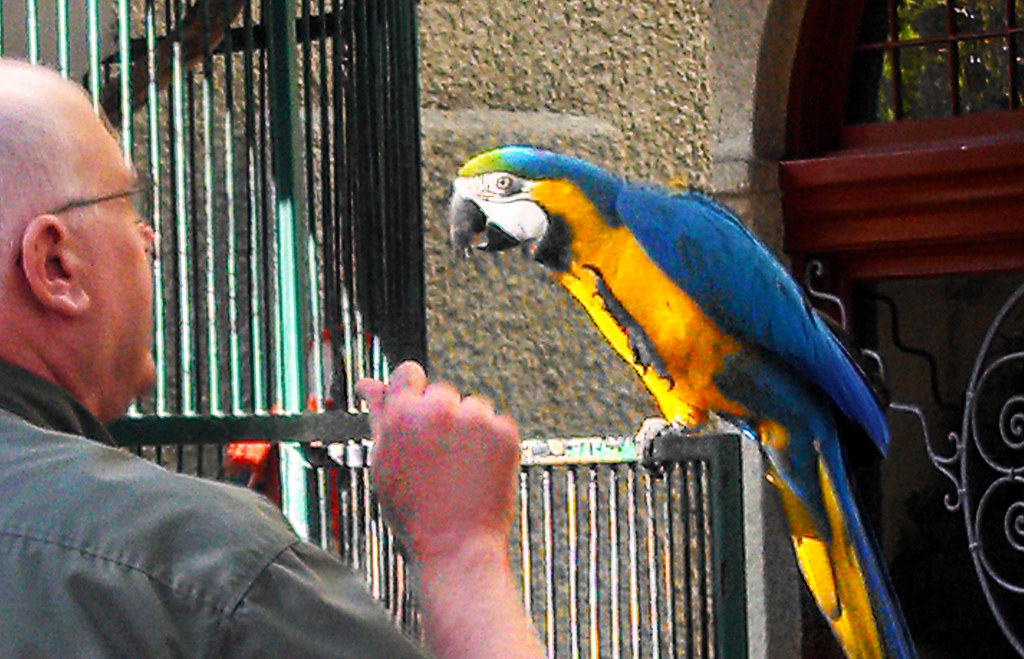
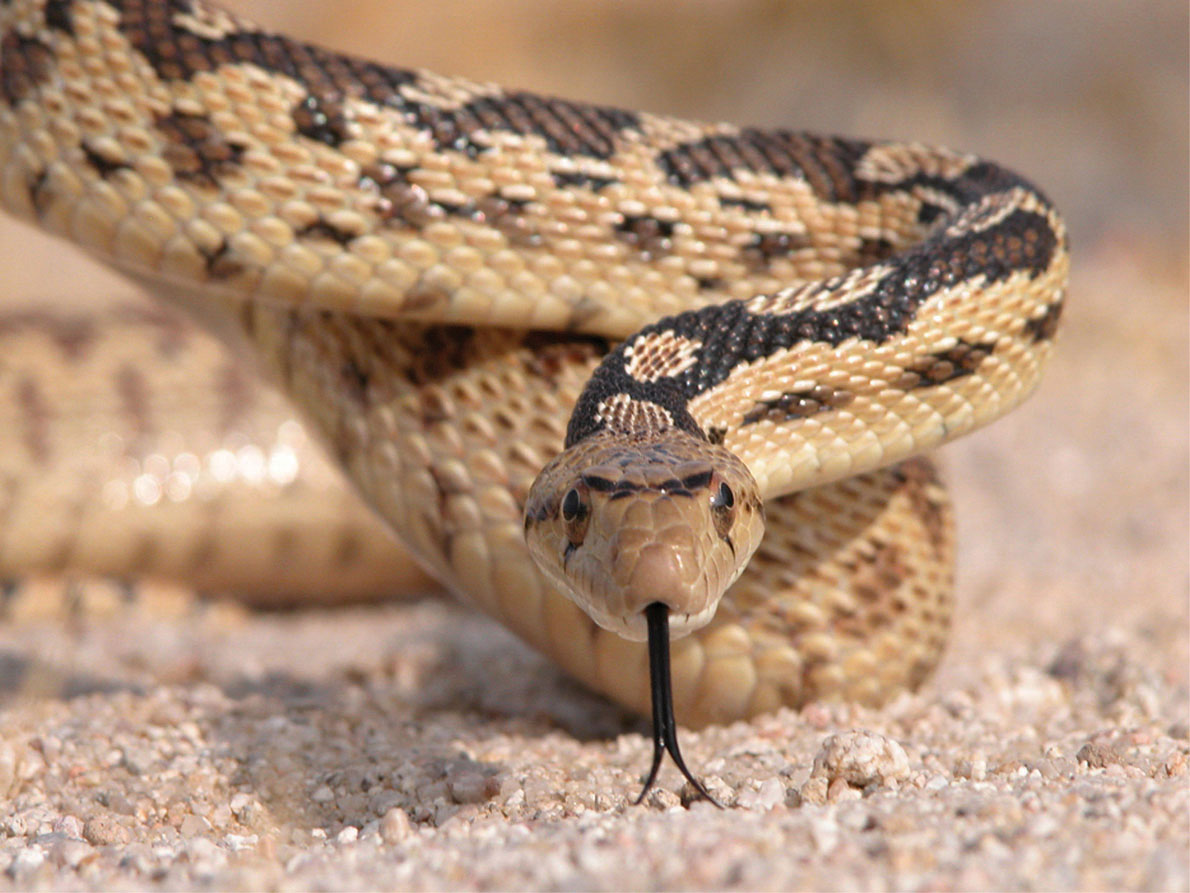
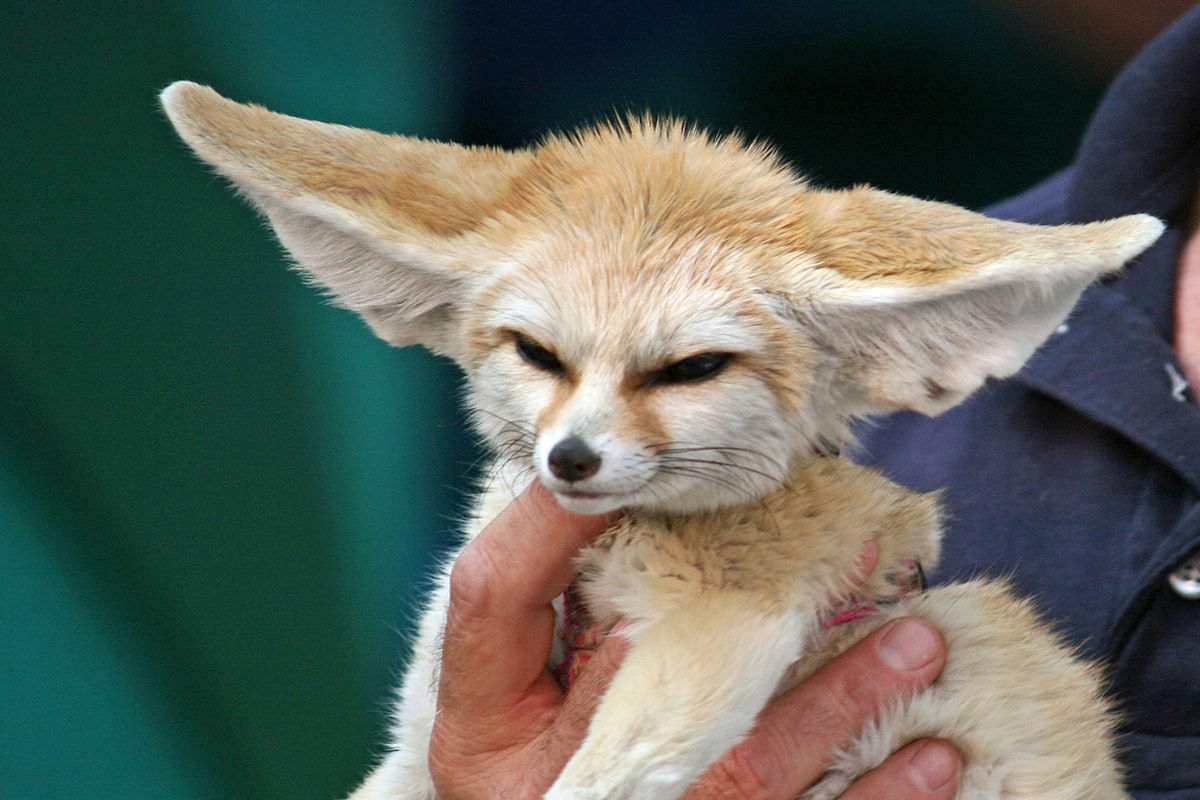
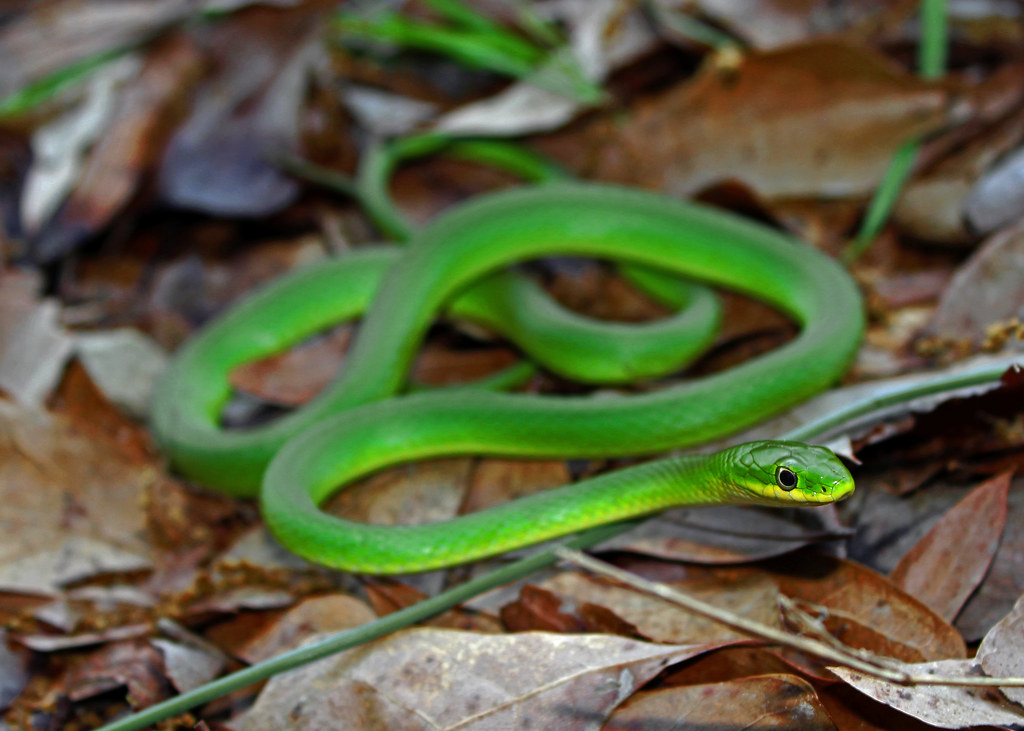
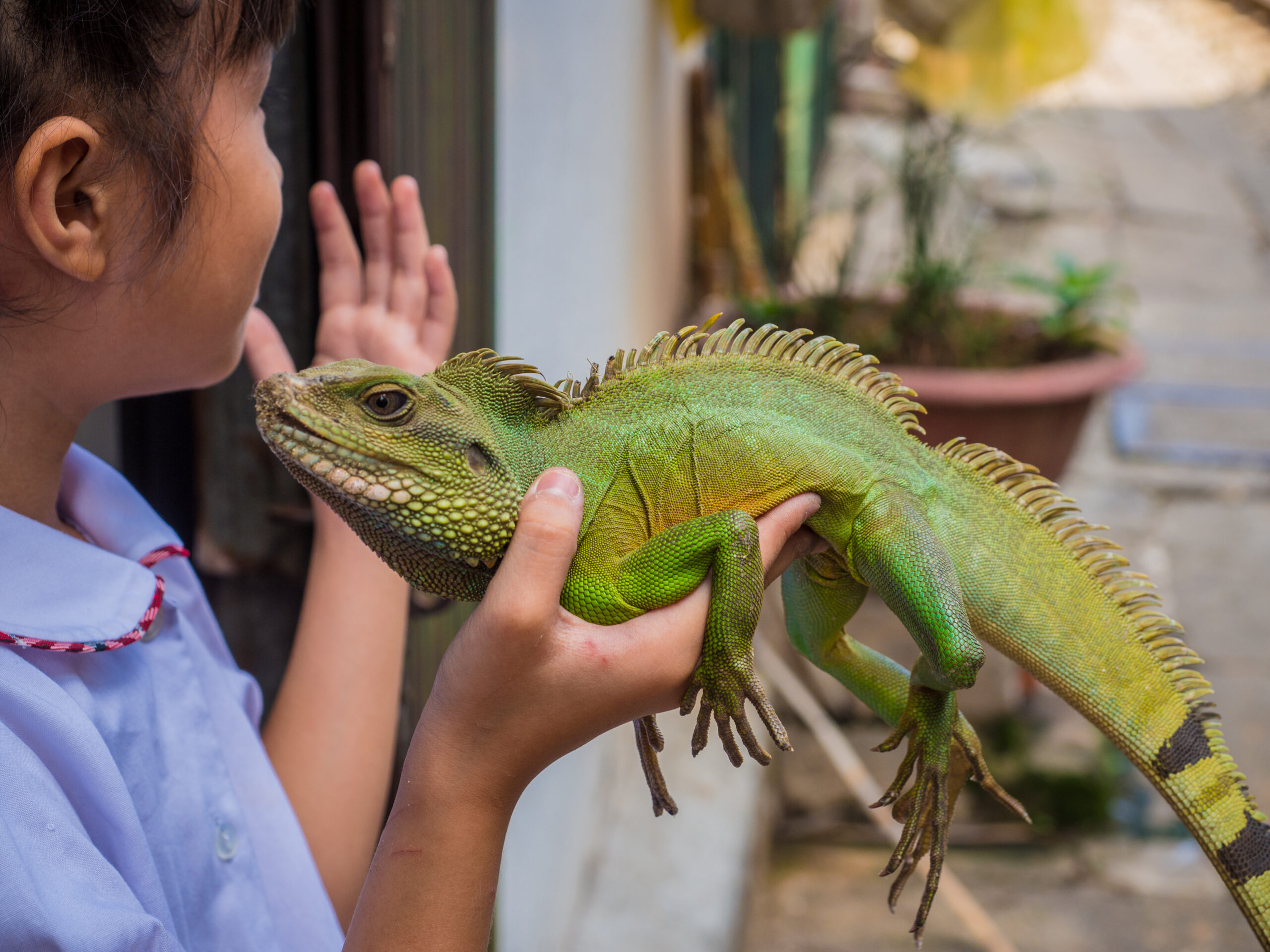
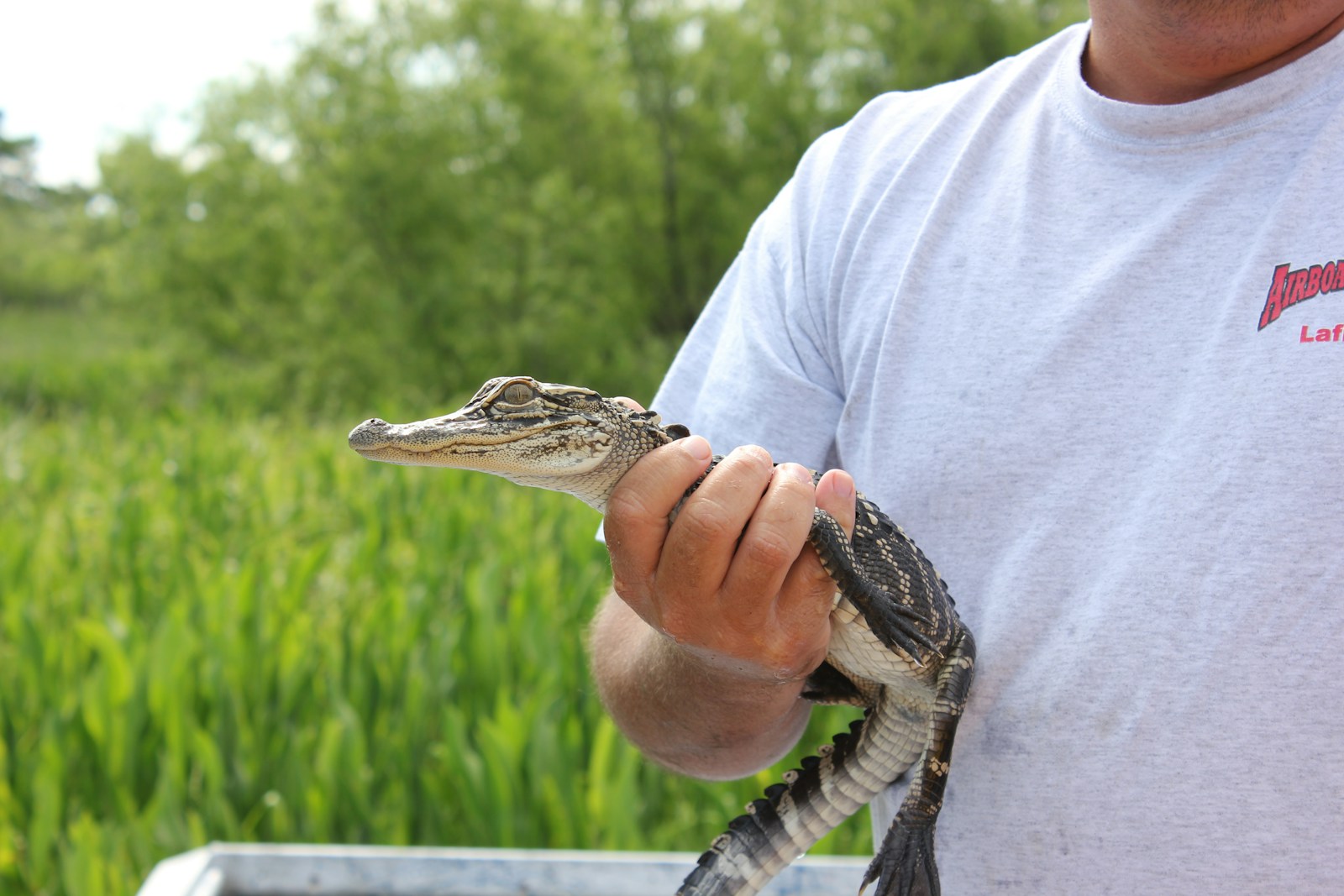




Leave a Reply